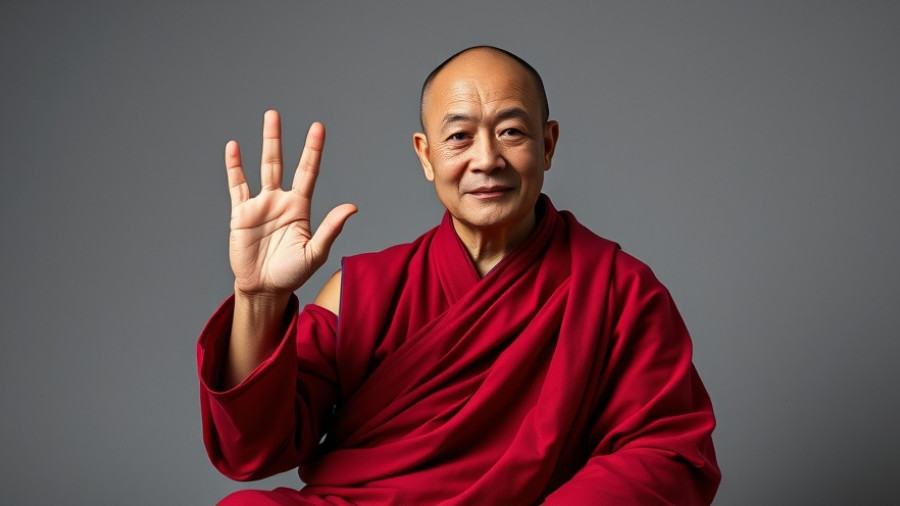
Finding the North Star: The Power of Intentions
Setting meaningful intentions is like navigating with a compass; it guides us through life’s challenges and choices. Sylvia Boorstein, a respected meditation teacher, emphasizes that wise intention is a key element in keeping our lives on track. Just as a driver checks the sun’s position to ensure they’re heading north, we must consistently remind ourselves of our intentions to guarantee we are following the right path.
Wise Intentions for All Beings
In moments of distress, such as those experienced on September 12, 2001, people come together in support, grounding themselves in shared ideals. During her teaching at Spirit Rock Insight Meditation Center, Boorstein encouraged her students to recite Buddhist precepts as expressions of wise intention. These precepts remind us:
- To abstain from harming any living beings.
- To refrain from taking what is not freely given.
- To communicate without abuse or exploitation.
- To honor the bodies and minds of ourselves and others.
This collective affirmation of intention acts as a restorative balm, alleviating fear through compassion and reinforcing a shared commitment to peace and kindness, acknowledging that “hatred is never ended by hatred.”
Intentions for Our Loved Ones
Intentions are not just personal; they can weave through our relationships, bringing deeper connections. Boorstein shares a beautiful example through the vows of her friends Dwayne and Sara. Their commitment hinges on mutual respect and love, manifested through simple yet profound promises like:
- “Because I love you, I promise never to harm you.”
- “I will always speak truthfully and kindly to you.”
This morning ritual of reaffirming their vows primes their hearts and minds to act thoughtfully, paving the way for happiness and fulfillment within their marriage.
Intentions for Self: A Path to Clarity
Within the fabric of our daily actions lies the potential for growth and wisdom. The Buddha advised his son Rahula to reflect on the consequences of his actions before, during, and after he undertook them, promoting a cycle of mindfulness in personal behavior. This practice encourages a pause for self-reflection—asking ourselves whether our intentions are wholesome. Are the actions I’m taking today leading to greater compassion and understanding, or are they distant from my values?
A Tool for Transformation
Practicing wise intention transforms the mundane into the extraordinary. It enables us to make decisions that align with our highest selves. As we move forward, consider these questions:
- What intentions can I set to enhance my daily interactions?
- How can I support the intentions of those around me?
By intentionally choosing our responses and actions, we cultivate a deeper sense of presence, leading to an abundant and soulful life.
A Call to Mindfulness
In wrapping up our exploration of meaningful intentions, remember that every moment offers a fresh opportunity to set a new intention. Reflect on how you can weave these intentions into the fabric of your daily life. Whether you're navigating relationships, decisions, or personal growth, start by fostering a practice of mindful intention that resonates with your spirit.
 Add Row
Add Row  Add
Add 




Write A Comment